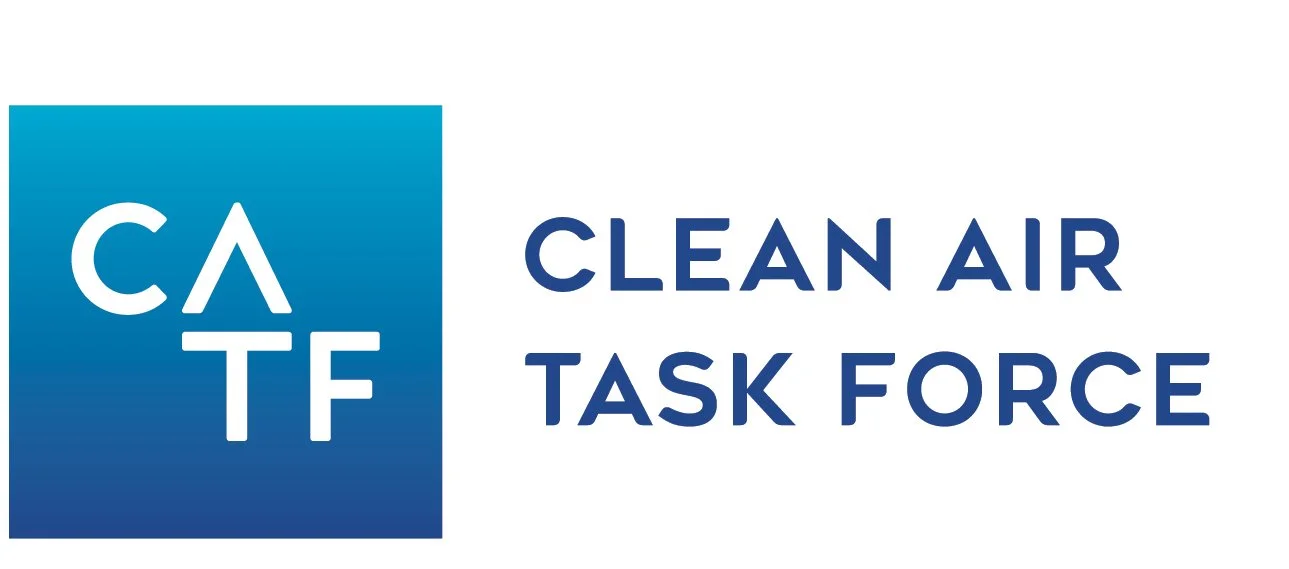
Superhot Rock Geothermal
Summary
The Task Group on Superhot Geothermal in Dry and Low-Permeability Rock was initiated in 2025 and is coordinated by Clean Air Task Force to support technology collaboration between leading participants in New Zealand, Iceland, Japan, Norway, and Italy, and may include more projects to come.
More information and updates, go to superhotrock.org.
Purpose
Superhot rock geothermal energy (SHR) is a promising energy source deserving of investment. Technological innovation will allow us to access this energy source, which has the potential to meet long-term demands for low-carbon, always-on, cost-competitive energy. Unlocking the potential of this energy source could expand our options and potentially carve a path forward to replace fossil fuels.
The focus of this Task Group is to establish a pathway to commercialization of superhot rock geothermal energy. Specifically, it focuses on geothermal technology advancements greater than 400˚C, but include projects collecting relevant learnings from any projects above 300˚C, with an emphasis on findings relevant to geothermal in dry rock conditions. The goal is to achieve the lowest possible cost and highest possible market penetration of geothermal energy production in dry rock conditions. Hydrothermal-focused groups are encouraged to participate, as many of their findings apply to superhot dry rock and low-permeability systems. Participants are asked to share learnings relevant to superhot geothermal in dry rock and low-permeability conditions, so the work remains useful to countries without hydrothermal resources.
Objectives
To facilitate information-sharing and ensure shared learnings between global pilot projects, so that groups can collaborate and build from each other’s successes and failures.
To leverage ingrained knowledge from global technology leaders on multiple projects.
To build from a shared understanding of technology development needs and a shared vision of the pathways forward.
To lay the groundwork for joint resource commitment toward the commercialization of SHR globally. This could include a shared data repository, a shared venue for information exchange, a shared global testbed, shared financial resources, and more.
Procedures
Identify and convene steering committee
Develop standard guidelines and key performance indicators (KPIs)
Landscape projects and select sites
Convene joint calls for site-specific project teams
Convene technology interest groups
Establish and manage a central data repository
Joining the Group
If you would like to contribute to the Superhot Rock Geothermal group or find out more
please email jhill@catf.us.
Knowledge Sharing Resources
Joint website: https://www.superhotrock.org/
Geothermal Next Generation: https://www.geothermalnextgeneration.com/
Iceland Deep Drilling Project: https://iddp.is/
Japan Supercritical Project: https://www.nedo.go.jp/activities/ZZJP_100198.html
Geothermal Energy Association of Norway: https://www.geanorway.no/projects/
Gaps, Challenges, and Pathways Forward for Superhot Rock Energy Synthesis Report: https://pangea.stanford.edu/ERE/db/GeoConf/papers/SGW/2025/Rogers.pdf
Clean Air Task Force: https://www.catf.us/superhot-rock/

